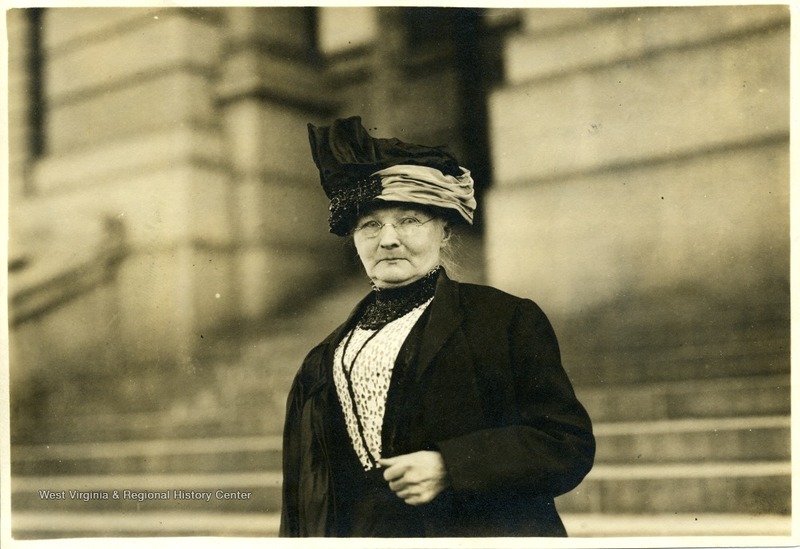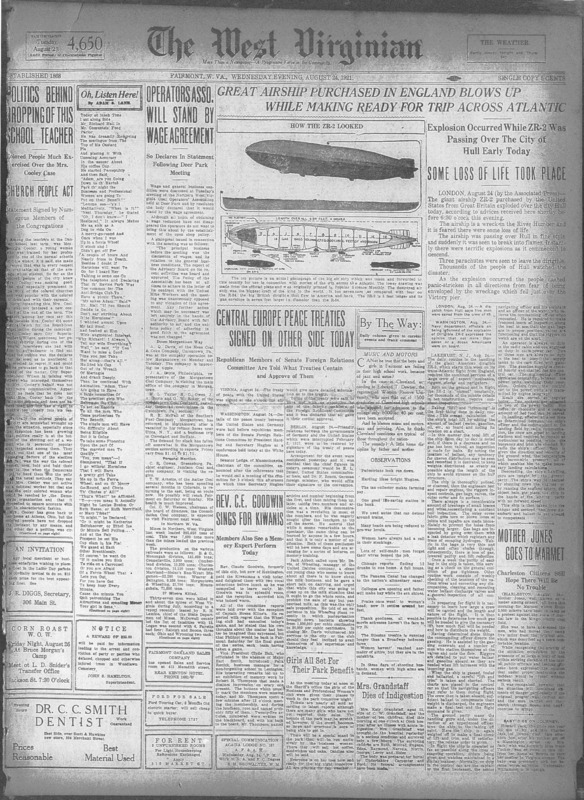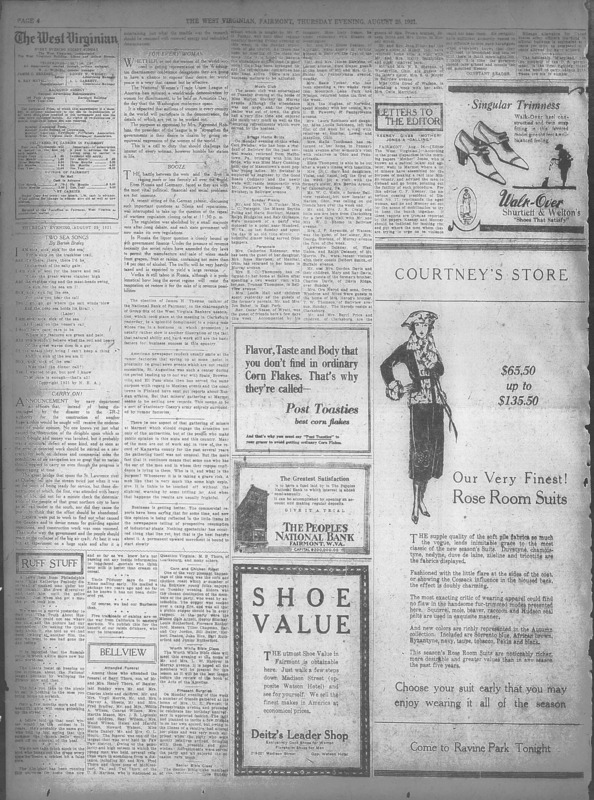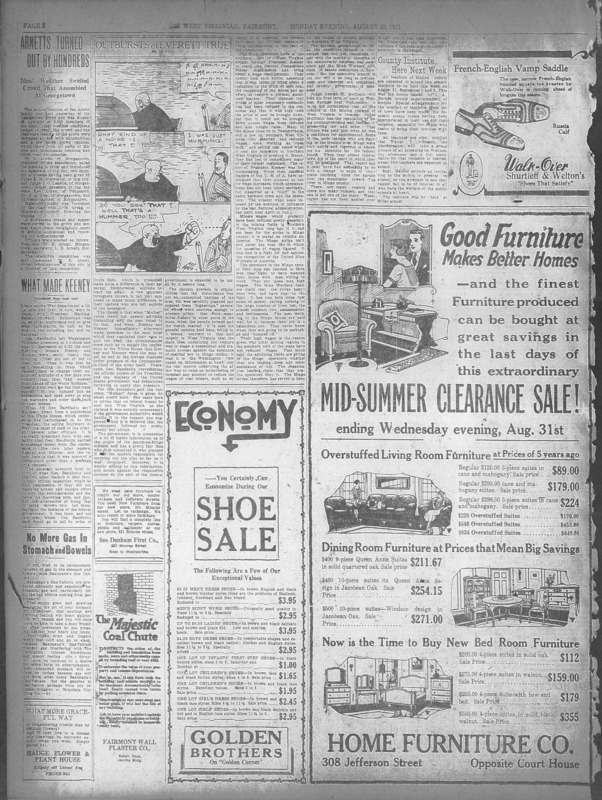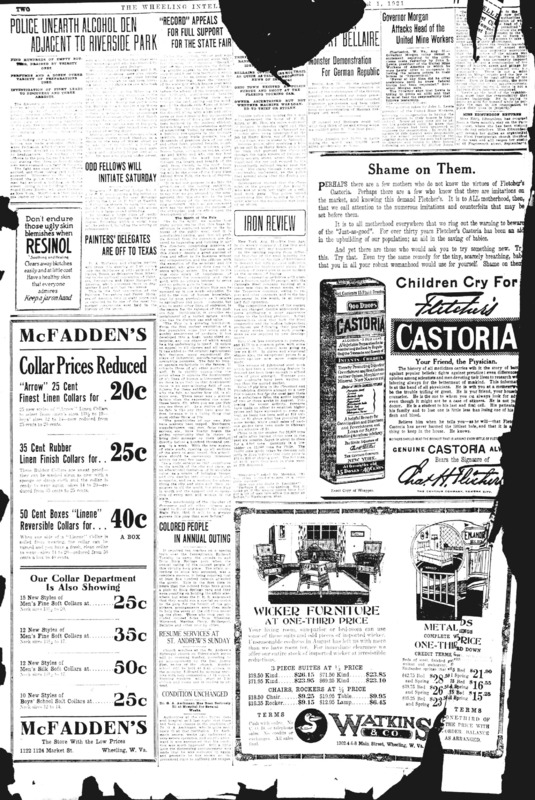Mother Jones
Mary Harris “Mother” Jones was a labor activist who was devoted to ensure economic justice. Among her encounters, she had accumulated an abundance of devotion for miners who are conflicted with their wages along with their severe living/working conditions. Her life leading up to her activism had sparked her will for change and support, all the while remaining undisturbed by the magnitude of danger waiting ahead.
Mother Jones had two types of occupations before she pursued activism. She worked as a teacher and a seamstress. Her first job was teaching at a Michigan Catholic school in Monroe, Michigan. Then she worked as a seamstress in Chicago, opening a dress-making establishment where she preferred sewing for children. Later on, she decided to resume her career in teaching in Memphis, Tennessee. In 1861, she married a member of the Iron Molders Union, George Jones. Together they had four children, but in the year of 1867, Mother Jones had lost her entire family to the yellow fever epidemic. After her husband’s burial, she acquired a permit to help nurse the sufferers. Once the plague had ended, she had returned to her dress-making business in Chicago. However, she soon lost that establishment as well in 1871 to the Great Chicago Fire. From then on, Mother Jones became an active member in the labor movement, engaging in the labor struggle and actively making an effort to enhance living and working conditions.
Mother Jones began her career as a reformer, joining the Knights of Labor. The first protest she could recollect was alongside the Baltimore and Ohio Railroad employees. Within her early years, she had witnessed the birth of America’s industrial life. Like a seed, the anti-labor legislation arose out of the expansion of factories and railroads, along with the accretion of capital and growing number of banks. With the labor movements were strikes, violence, and nonetheless hope.
On August 24, 1921, Mother Jones traveled to Marmet, West Virginia to diffuse a protest of about 3,000 miners. The United Mine Workers were located in a camp five miles from their original site, placing them in closer proximity to the capitol public officials and government leaders. The target of their protest was directed toward the state martial law in the Mingo county coal field.
During her appearance August 25th, Mother Jones advised the miners to disperse and go home due to the futility of the operation. She had informed the collective on the matters she discussed with the government officials along with their agreement to handle matters according to Mothers suggestions.
After her speech, the miners agreed to disband. Immediately after, C.F. Keeney, president of District Number 17, United Mine Workers and Fred Mooney, secretary of District Number 17, made a speech revoking their vote to quit the road, continuing their protest.
September 1st of 1921, Governor Morgan attacks the United Mine Workers first. "In truth his agents in this district were responsible for the armed miners continuing the original march after the men had agreed to disperse and returh to their homes following an address by Mother Jones."
Although Mother Jones was a leading figure in women activism, she was just one of the many women contributors.
